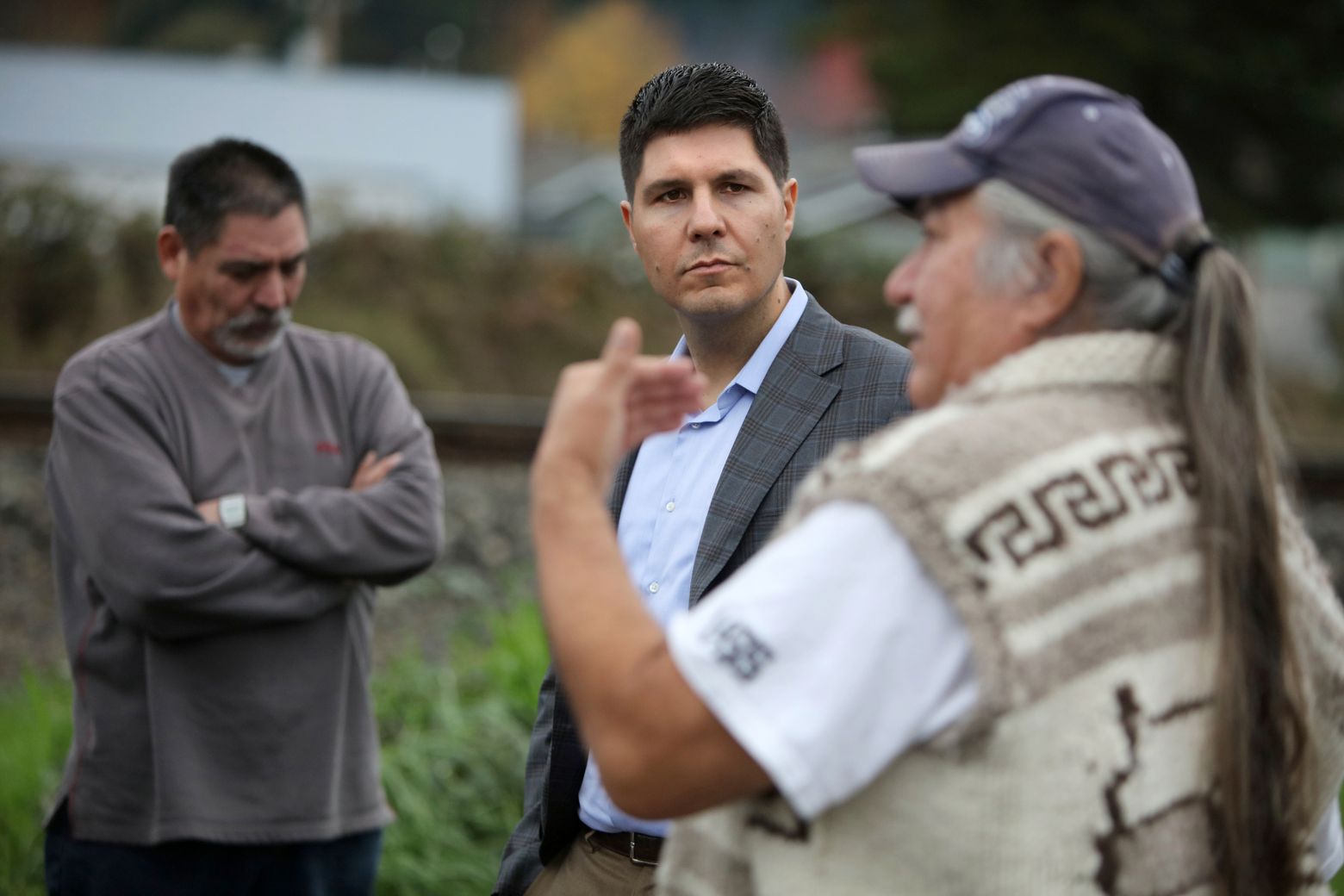Mixed Race Experience in Celeste Ng’s EVERYTHING I NEVER TOLD YOUPosted in Articles, Asian Diaspora, Book/Video Reviews, Family/Parenting, Media Archive, United States on 2015-12-28 01:45Z by Steven |
Mixed Race Experience in Celeste Ng’s EVERYTHING I NEVER TOLD YOU
GrubStreet
2015-12-01
Not many characters in literature look like me. Half Chinese and half white, I’m used to reading about people who could occupy one half of my family tree, but rarely about the person who emerges where their branches join. I’m speaking about the mixed race experience: complex, elusive, and with a racial identity wholly separate from either person who birthed and raised you.
So I felt grateful and enriched to read Celeste Ng’s masterfully constructed Everything I Never Told You. Many have praised the novel’s confident drive, deft omniscience, and intricate storytelling, but I want to discuss its exploration of race around—and inside—of one mixed American family.
The novel concerns the Lees—a family of five struggling to make sense of the mysterious drowning death of Lydia, their middle child. James Lee, a Chinese-American, has married Marilyn, who is white, at a time when interracial marriage was illegal in much of the United States. From the beginning many see their coupledom as problematic, especially Marilyn’s mother. “Where will you live?” she says. “You won’t fit in anywhere. Think about the children. It’s not right, Marilyn. It’s not right.”…
Read the entire article here.






